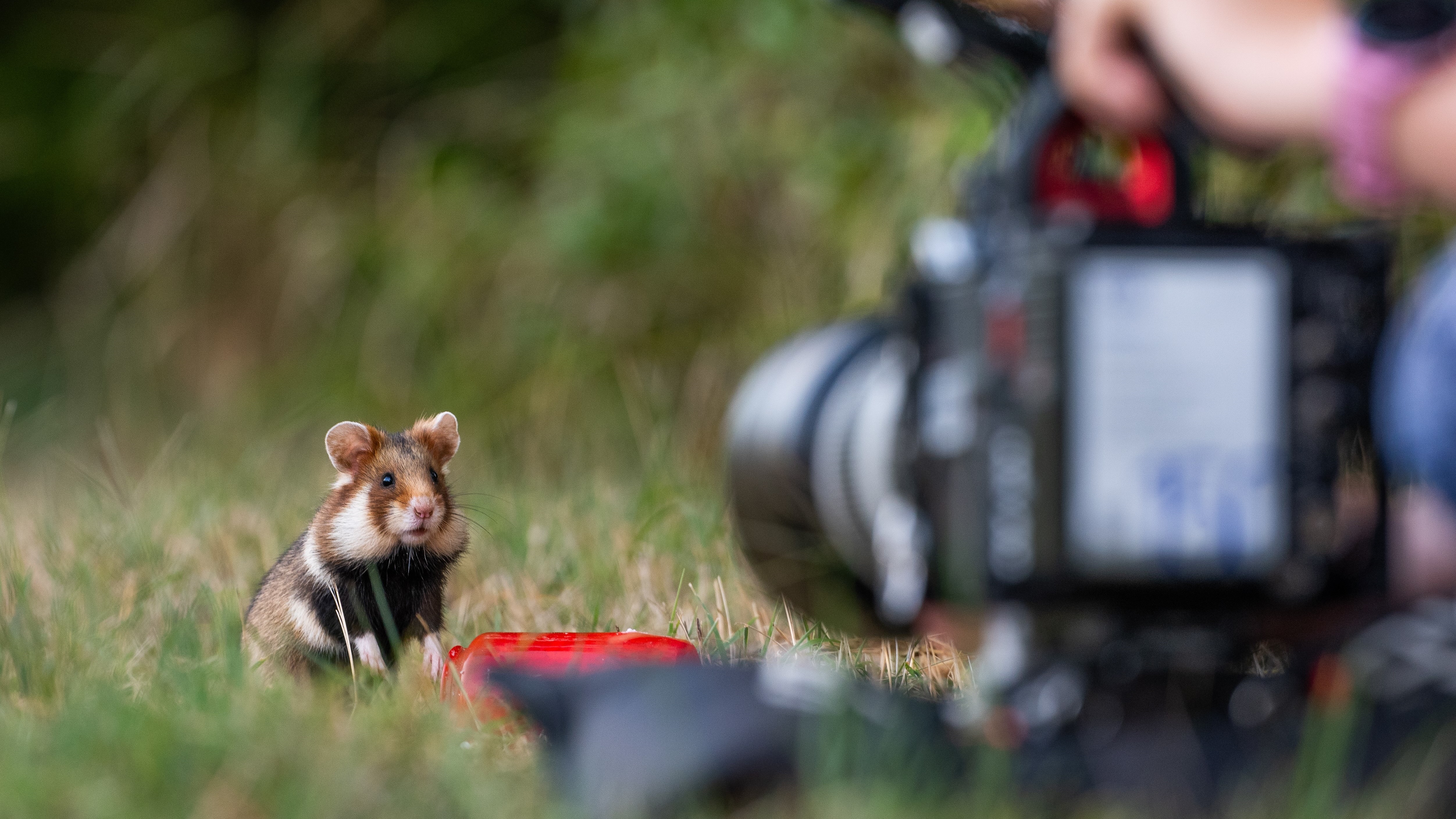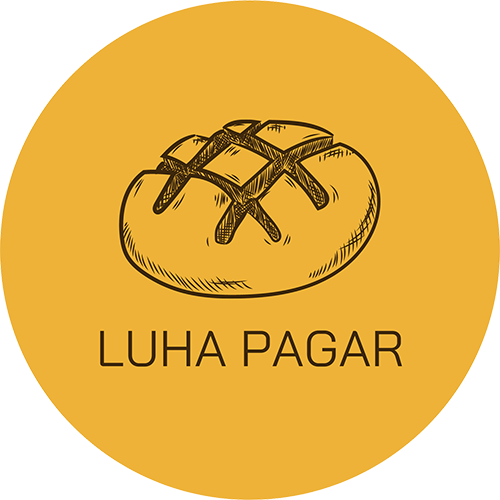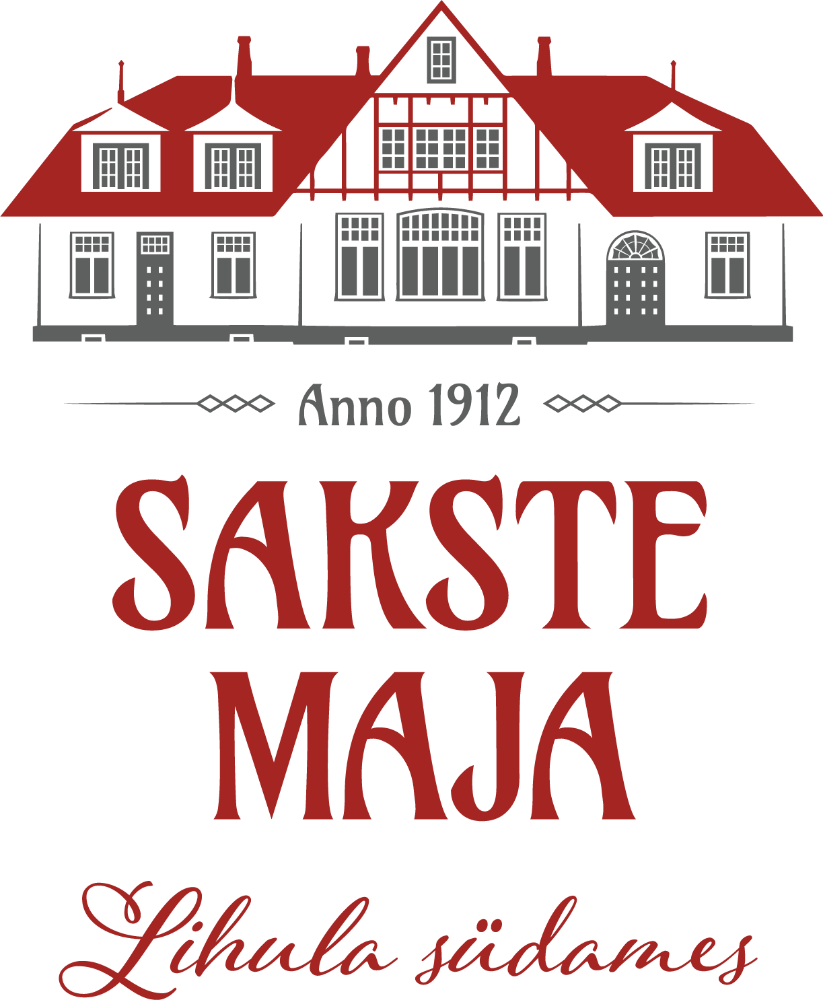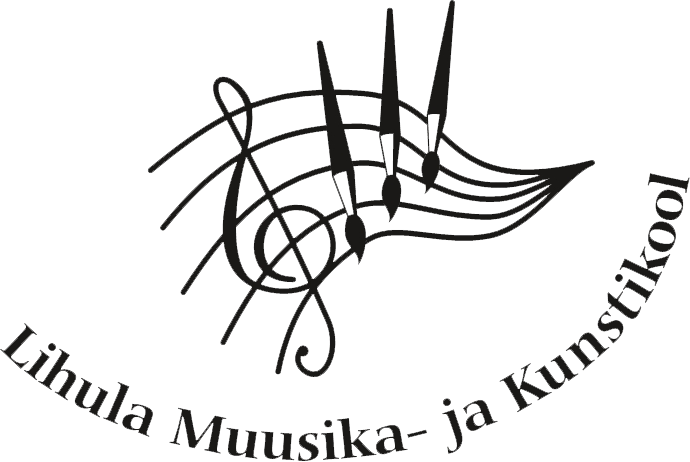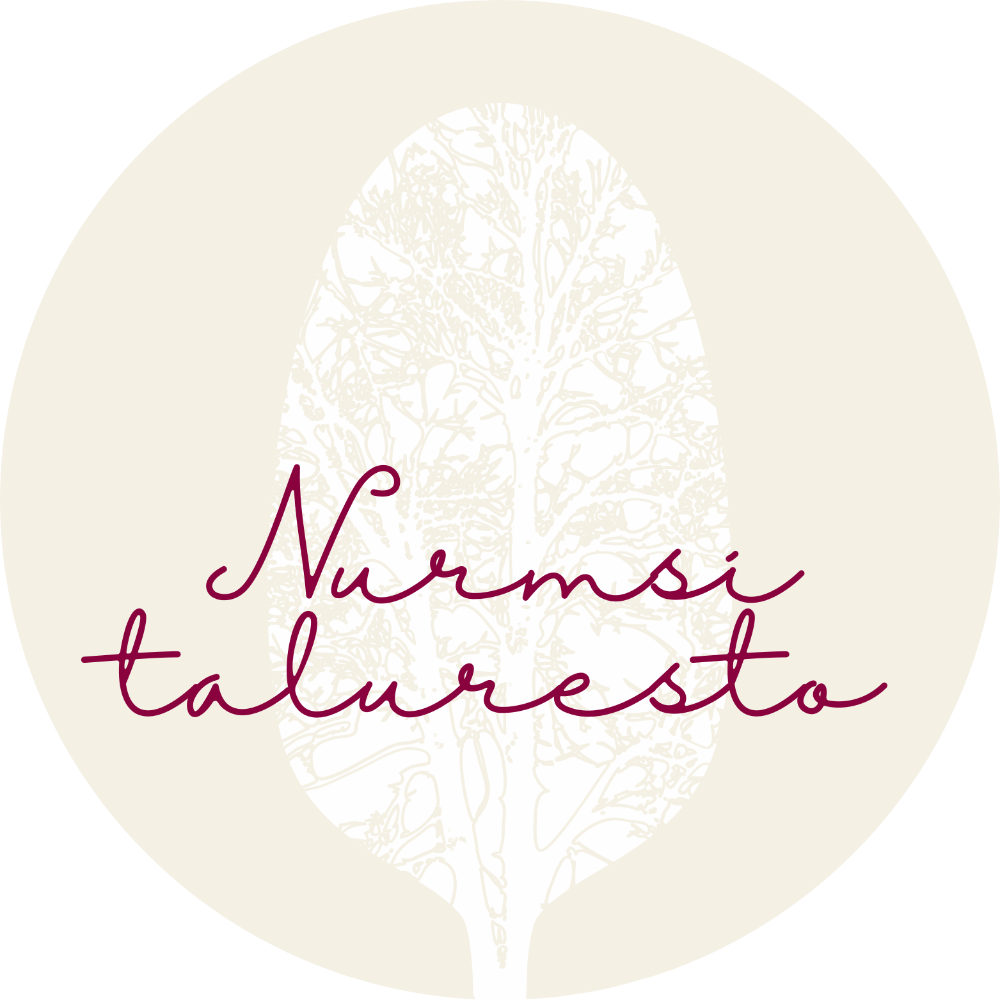Macchina Fissa was the name given to the pumps used to drain swamp water and irrigate agricultural land in the Po Valley. South of Mantua, in Borgo Virgilio, just beyond the banks of the Mincio River, is a pumping station built in the mid-1800s. Once operated by steam engines, it’s been in disuse for a century and is now home to the cultural association Reading Retreats in Rural Italy and Clark Lawrence’s garden. The garden is inhabited predominantly by annual plants, which, at the end of their growth cycle in late autumn, flaunt their expired vitality and their beauty even when dried out. Winter is the time for Clark to harvest seeds for the next season and carry out a vigorous garden clean-up, assisted in his enterprise by the beloved goats that clear away the remaining vegetation and actively contribute to fertilizing the garden. In spring, the sowing of new plants begins. Most loved by Clark are American plants, or rather, those of the Native Americans: pumpkins, corn, and beans, which populate the garden, together with castor oil plants, amaranths, cosmos, evening primroses, ipomoeas, and hundreds of other varieties. The documentary follows Clark in his work and his philosophy of a garden as a place in which to “swim among the plants”. A garden designed “…by looking outside at what surrounds it: the landscape, plants, climate, and manmade constructions. Looking outside first and then thinking about what to do inside”.
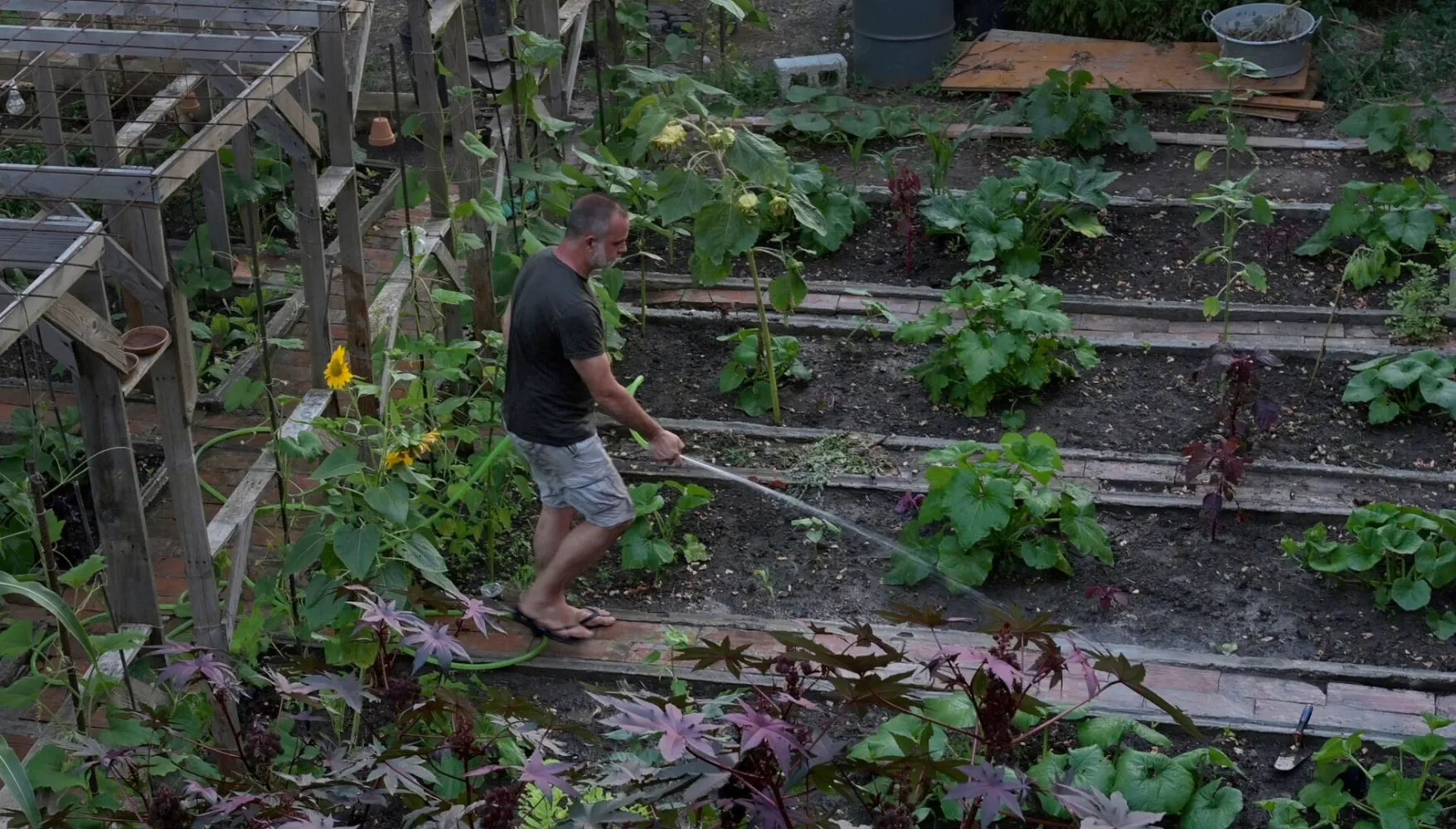
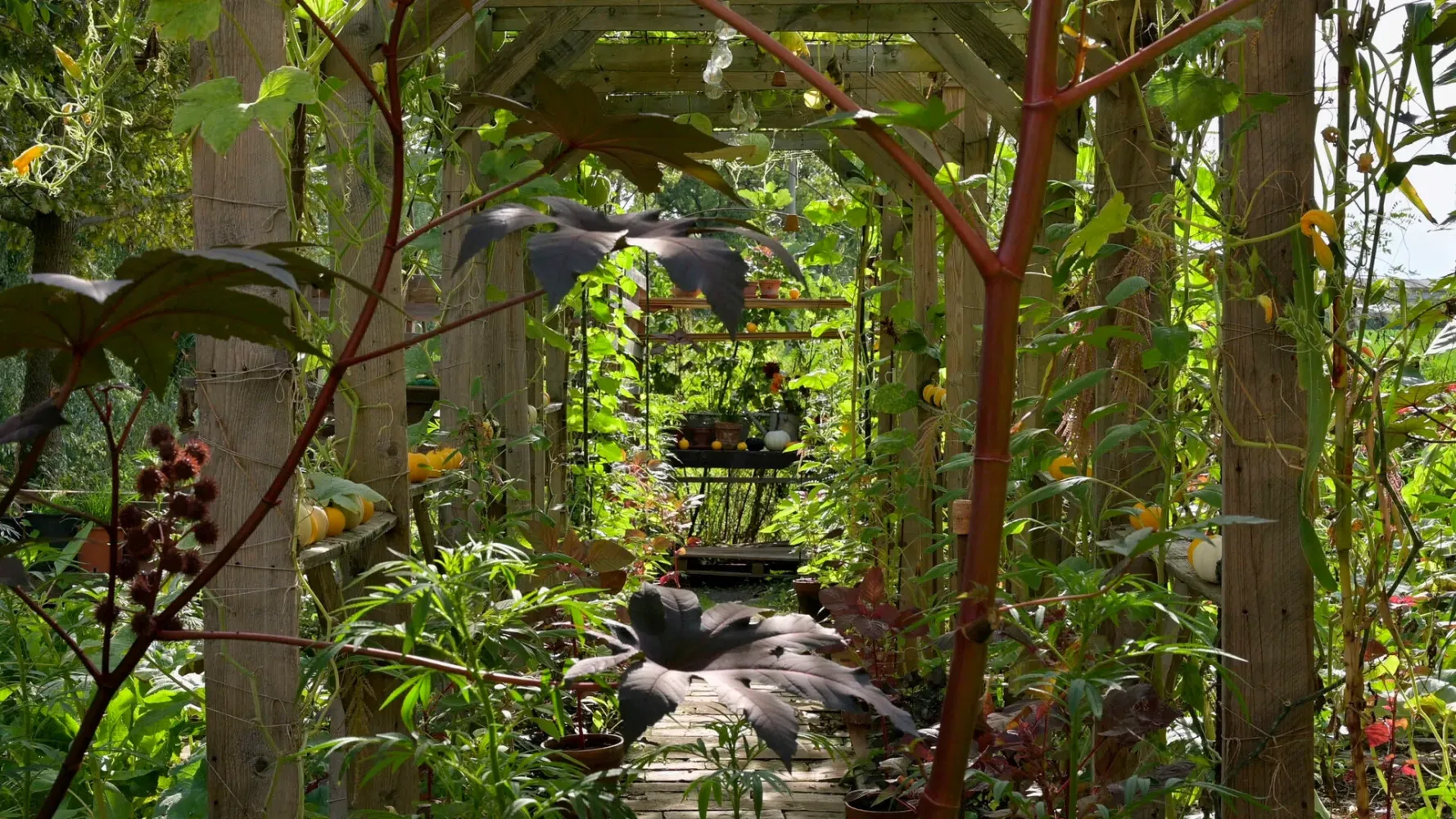
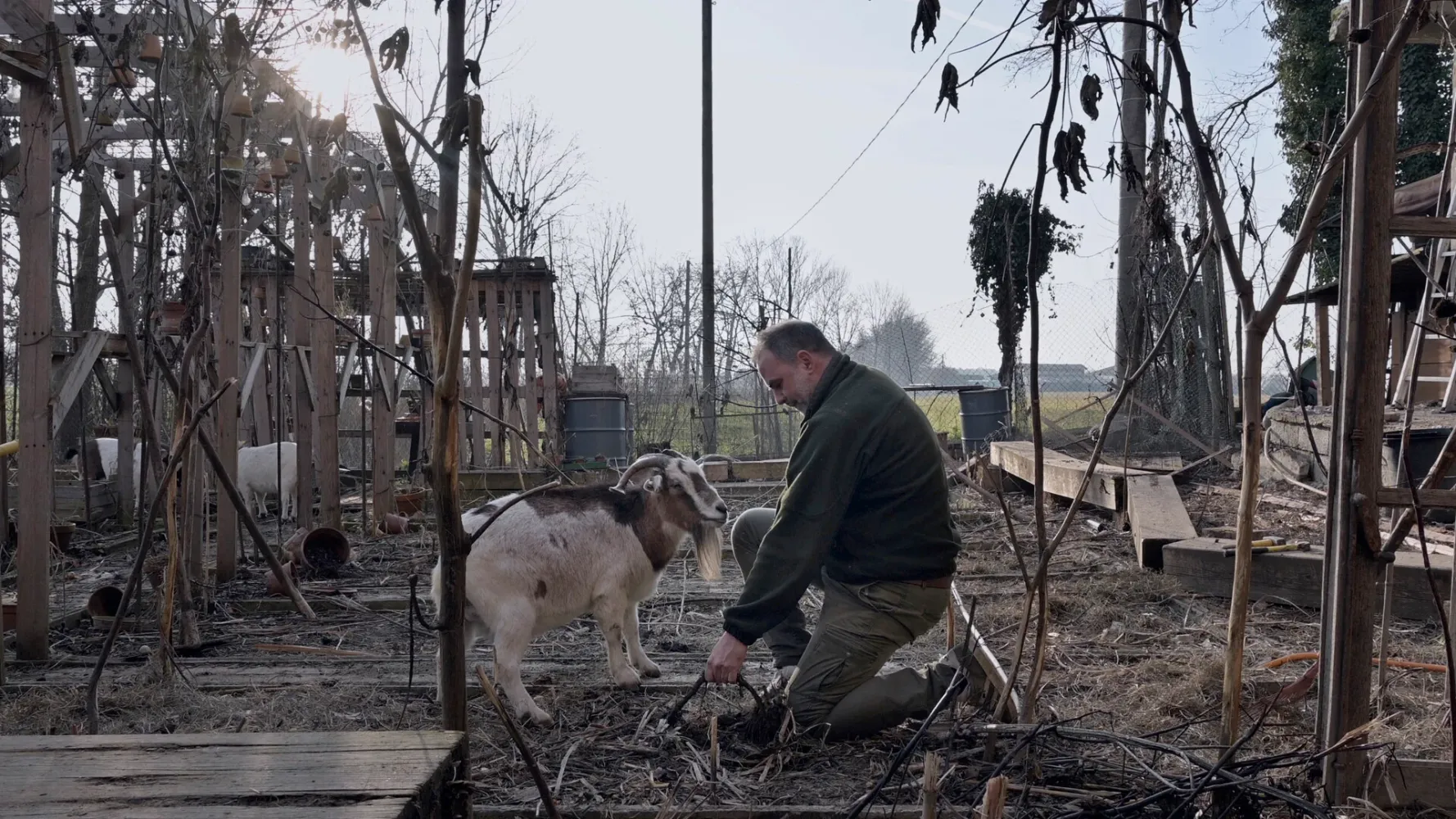

| Director | Emilio Neri Tremolada |
| Cinematography | Emilio Neri Tremolada |
| Editing | Felice Sechinà |
| Composer | Andrea Inchierchia |
| Producer | Emilio Neri Tremolada |
| Production Company | Ambiente Territorio Giardino |
| Original Title | La Macchina Fissa |
| Entry Number | 24-147 |
| Country of Production |
Italy
|
| Year of Production | 2024 |
| Running Time | 73’ |
| Language: | Italian |
| Subtitles: | English Estonian |



